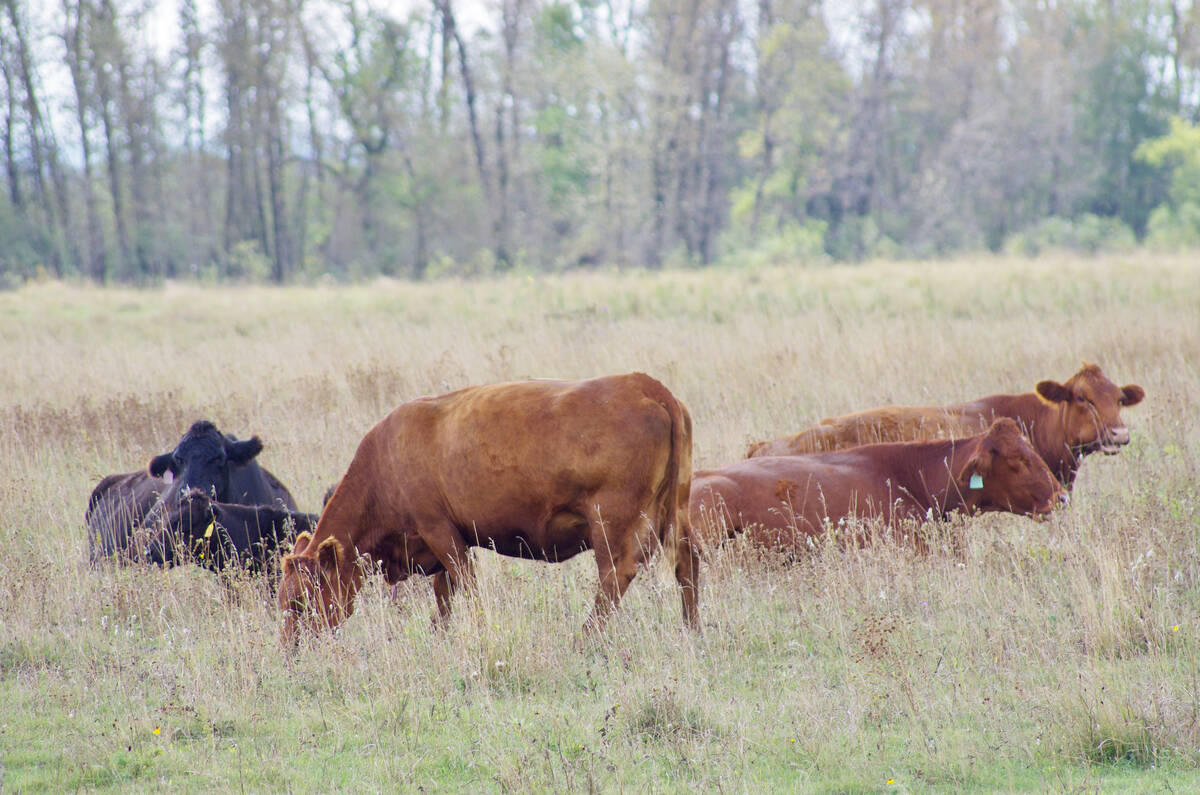CNS Canada — Canada’s farmers have seeded their smallest barley crop in 50 years, according to Statistics Canada, but an industry official says he doesn’t think it will remain so low in the long-term.
StatsCan’s seeded acreage report on June 27 had pegged barley acreage at 6,089,000 acres, down from 7,082,500 acres in 2013. This was the lowest acreage since 1964, according to StatsCan data.
“We’ve been through this before, where barley acres have declined significantly, and it’s impacted the industry quite severely,” said Brian Otto, chairman of the Barley Council of Canada.
Read Also

U.S. livestock: Chicago cattle futures climb on post-Thanksgiving trade
Chicago | Reuters – Chicago Mercantile Exchange’s live and feeder cattle futures ticked up on Friday in a day of…
One of the contributing factors to the decline in barley acreage could be that barley has to compete for acres with a variety of other crops, he said.
“The canola acres are up significantly and the expected return for farmers for canola is attractive,” said Otto. “So of course it takes away from other acres. We’re also seeing a decline in wheat acres; barley has just followed that trend.”
Otto added that while barley may be down a million acres, he doesn’t expect it to stay down.
“On my farm, when I take a look at the transportation difficulties we faced this winter, the one crop that is moved consistently is my barley,” said Otto. “Wheat, peas I had to hold in my bin, but my barley moved consistently to the malt plants, and so I think barley will hold its own in the long term.”
Otto added some producers still struggled with getting barley into export position, but overall it transported very well in comparison to other crops.
“There was a huge barley crop last year — an exceptionally large barley crop and an exceptionally good quality crop,” said Otto. “So when it came to contracting malt acres, the malt companies had access to last year’s crop that’s going to carry into this year. So there weren’t as many acres to be contracted for malt so I think that impacted it a little bit.”
Competition with corn and wheat is another factor that pushed barley acres down, Otto said.
“What we’re seeing right now more than anything is an impact of the large carryover of the last year’s crop into this year’s crop,” he said. “And certainly that’s why you’re seeing a decline in wheat and barley acres this year.”
Feed barley, which makes up about 75 per cent of barley acres in Canada, prices around $3.80-$4 a bushel ($165-$175 a tonne), Otto said.
“The malt barley I’m shipping now is selling for $6 a bushel at my farm, so you’re looking at around $300 a tonne plus,” said Otto. “New-crop malt barley you’re going to see probably an average around $5.50 a bushel. But again, the ability to contract malt barley acres has been limited because of that huge carryover from last year’s crop into the new crop year.”
Otto said he remains optimistic about barley acres and this decline is just part of a cycle.
“Everybody’s talking about the decline in acres on barley, but it’s related to the carryover from last year,” said Otto. “We’re going to carry out a large portion of last year’s crop into the new crop year, so that’s definitely affected producers decisions on what they’re going to seed this spring.”
— Marney Blunt writes for Commodity News Service Canada, a Winnipeg company specializing in grain and commodity market reporting.














